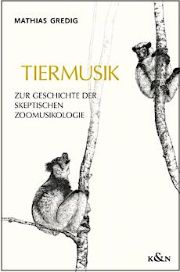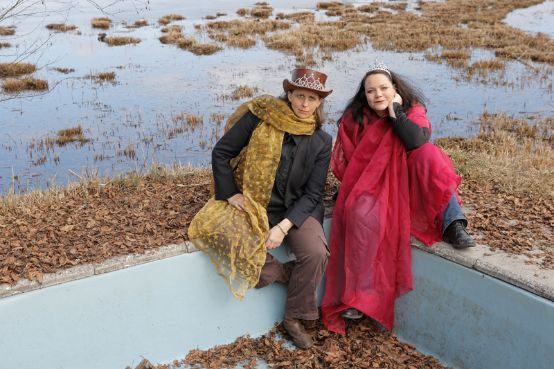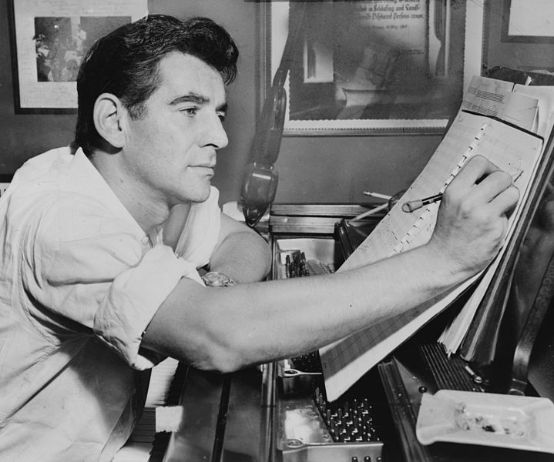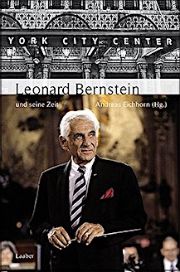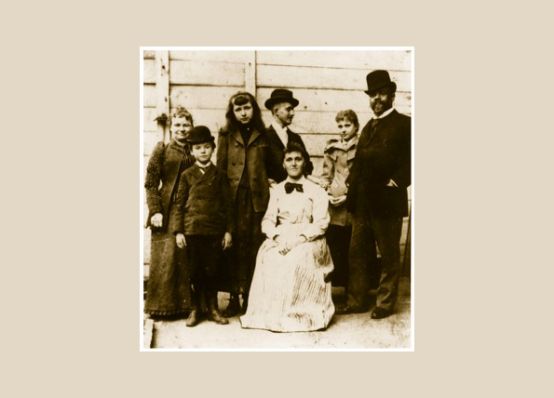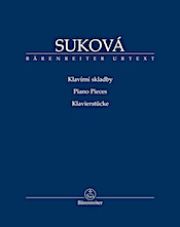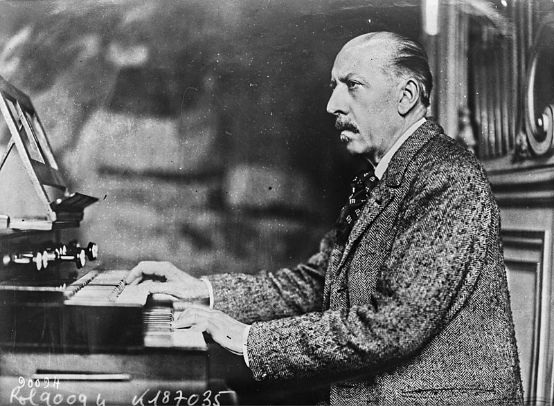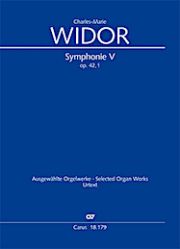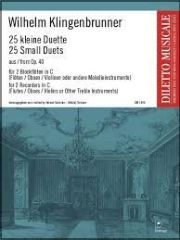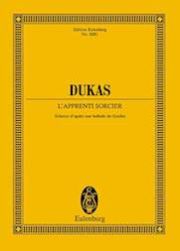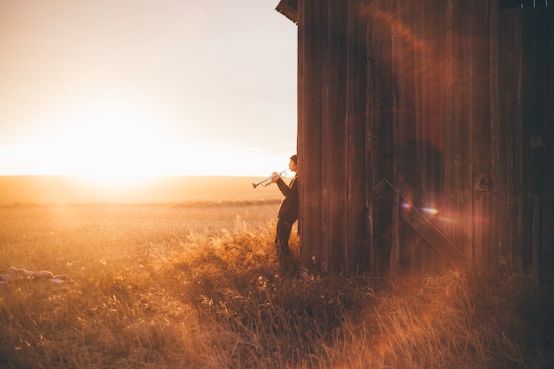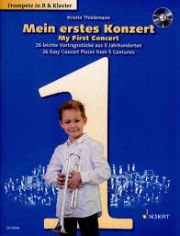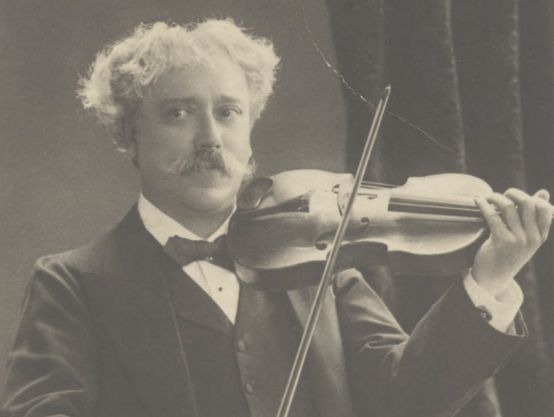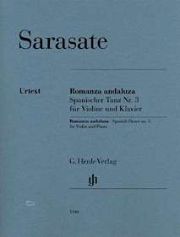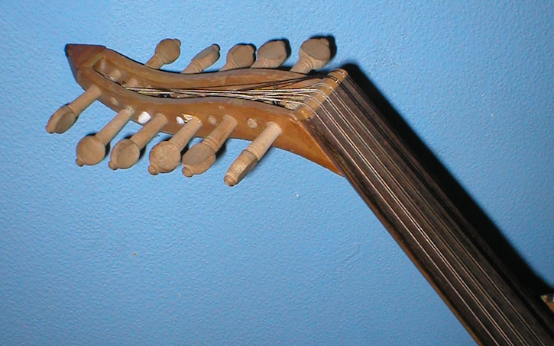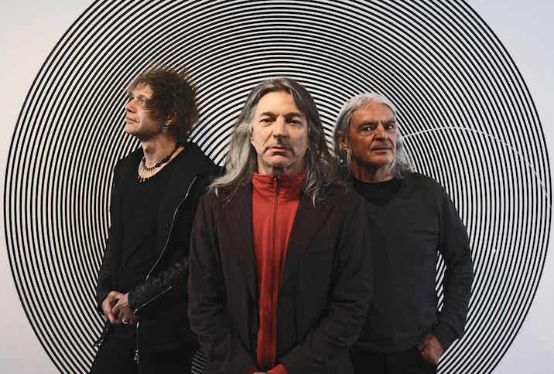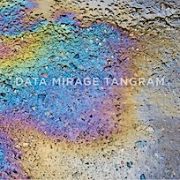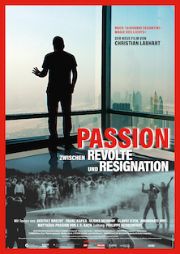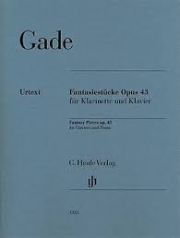Seiler and Bucher go to Chicago
The Lucerne-Chicago City Partnership Association has awarded six Lucerne artists a studio scholarship in Chicago. Among them are the musicians Joan Seiler and Roland Bucher.

With the theme she has outlined, "People of Color", the musician Joan Seiler, born in 1988, "deals with the vibrant melting pot of Chicago", writes the city of Lucerne. Seiler takes up political themes and processes them through play and composition. She plows a broad musical terrain that she constantly expands.
Roland Bucher (born 1976) is the rhythm section of the duo Blind Butcher, which has been active in Switzerland, Germany and France over the past two years. As a roommate in the Künstlerhaus Das Gelbe Haus, the musician "moves in a permeable, creative-artistic context and works in a versatile and interdisciplinary way". The jury was won over by his solo project Noise Table.
Since September 1, 2001, the Lucerne-Chicago City Partnership Association, in collaboration with the City and Canton of Lucerne and with the support of private sponsors, has maintained a studio in Chicago that is made available to Lucerne artists. The occupancy of the studio for the years 2020 and 2021 was put out to tender at the beginning of this year. The call for applications was aimed at artists of all disciplines from the canton of Lucerne.







